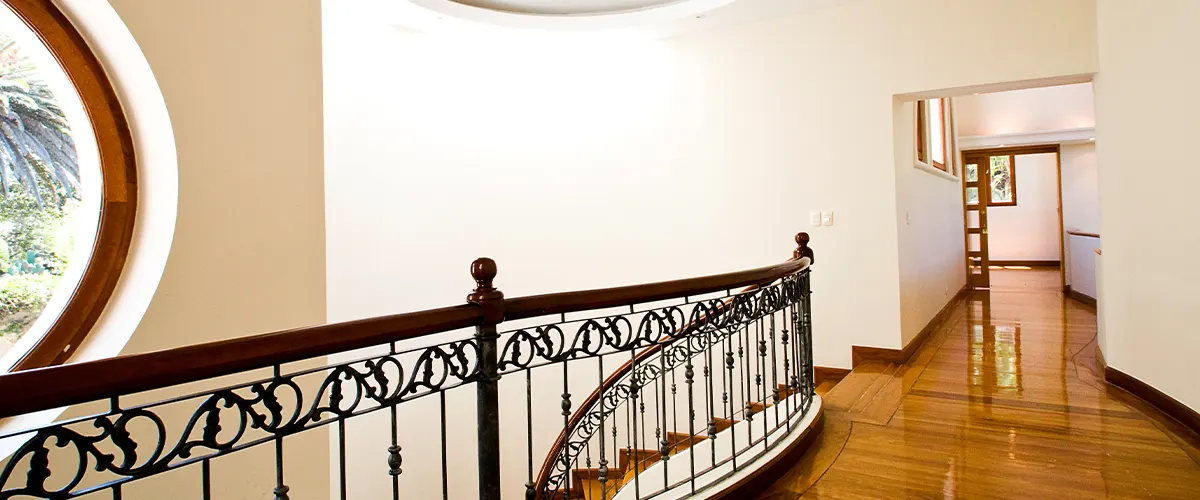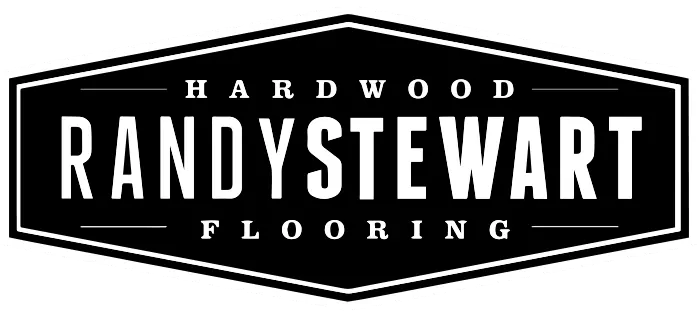What Is Subflooring?
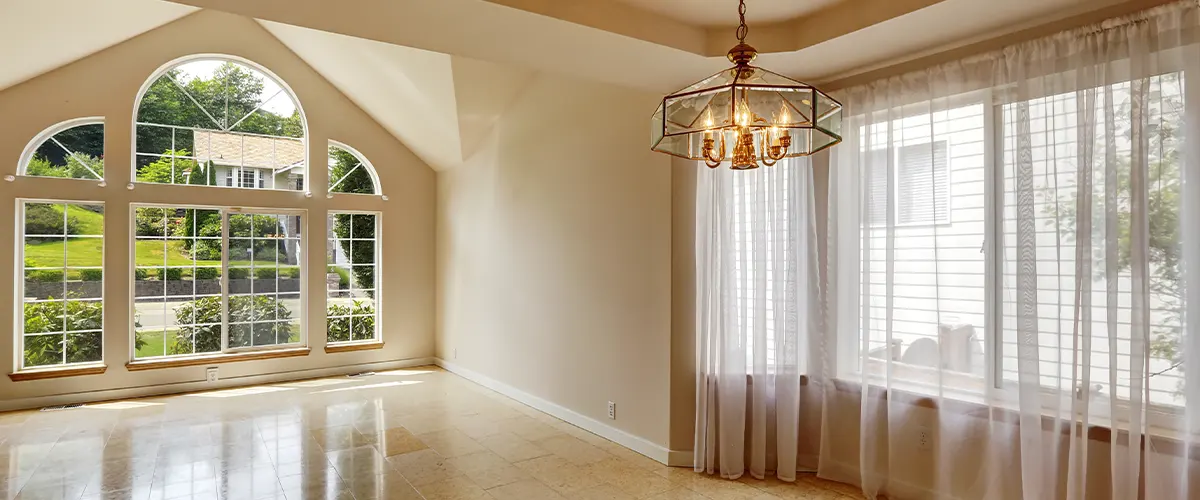
What Are The Most Common Types of Subflooring Materials?
The most common types of subflooring materials are plywood, OSB, and particle board.
Plywood is a sheet material that is made up of thin layers of wood veneer. It is strong and durable, making it a good choice for subflooring. However, it is also relatively expensive.
OSB, or oriented strand board, is a type of engineered wood that is made from small pieces of wood that are glued and pressed together. It is less expensive than plywood but not as strong.
Particle board is a material made from wood chips and shavings that are bonded together with glue. It is the cheapest type of subflooring but is also not as durable.
Wood board is among traditional flooring materials but has been mostly replaced by plywood subflooring. Wood plank subfloors covered old houses with traditional wood flooring materials. These planks are made from softwoods such as pine, and they are nailed into wood joists with standard box nails.
Concrete slab makes for a very strong, hard, durable, and often very smooth subfloor. Tile and stone flooring can be installed over a concrete subfloor, but softer materials like hardwood flooring are not recommended.
But let’s dive deeper:
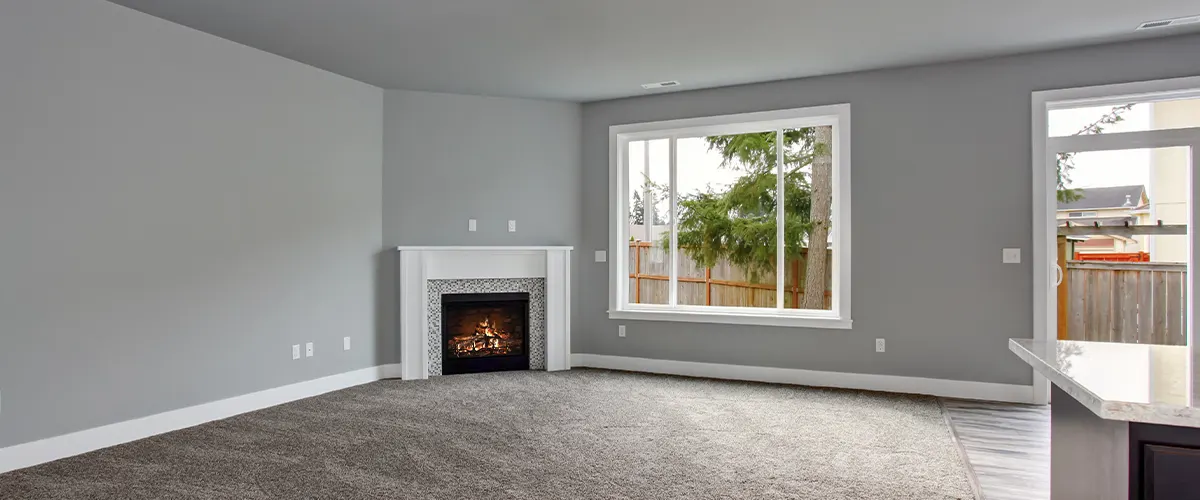
Plywood Subfloor
OSB Subfloor
Oriented strand board, or OSB, is a type of engineered wood that is made by taking strands of wood and layering them in a crossing pattern. The boards are then glued and pressed together to create a panel that is denser and more water-resistant than plywood. OSB panels are often used as a subfloor material because they are strong and stable. Installing OSB panels is similar to installing plywood, but there are a few important things to keep in mind.
When installing bamboo flooring over OSB, it is important to install the bamboo at a 90-degree angle across the floor joists. This will help to stabilize and strengthen the whole flooring system. If you are installing engineered, solid, or floating floors that are less than ½-inch thick, we recommend adding 3/8-inch or ½-inch thick plywood underpayment. This will provide additional support and stability for your floors.
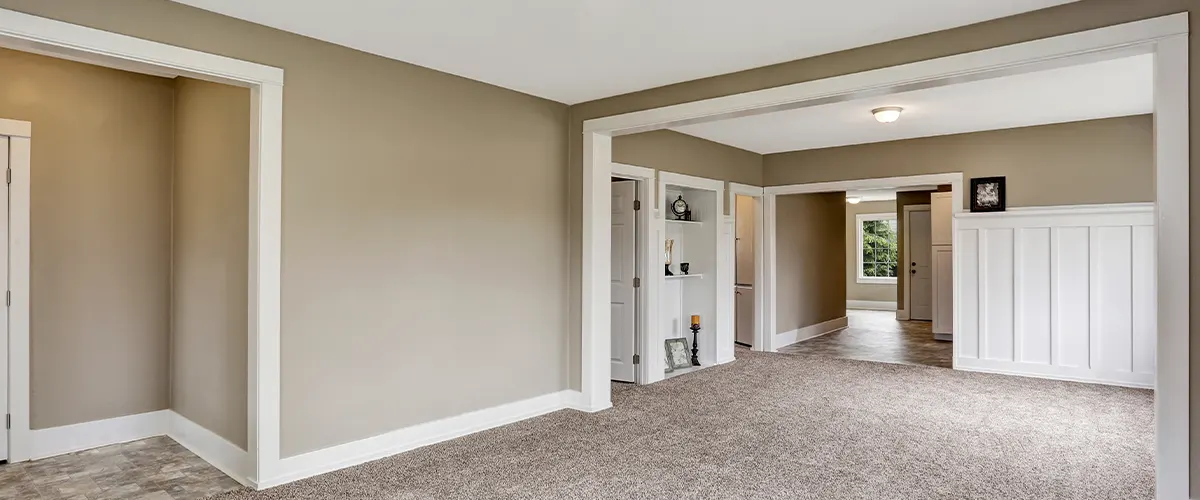
Particle Subfloor
Particleboard is a type of wood particle board that typically comes in 4″ x 8″ sheets. It is made from small wood particles that are glued together to form a sheet. Particleboard is not suitable for use as a subfloor because it lacks the strength and height needed for a hardwood flooring installation. Particleboard is typically used as an affordable underlayment filler sheet to adjust the height of floors.
It can also be used as a temporary fix to level out floors before the installation of hardwood flooring. Particleboard is not as durable as other types of wood boards, so it is not recommended for use in high-traffic areas or for long-term use. If you are considering using particleboard for your flooring project, be sure to consult with a professional to ensure it is the right material for your needs.
Wood Subfloor
Wood plank subfloors are a common type of subflooring in older homes. They are made up of 3/4″ thick x 4-8″ wide boards, which are nailed to the floor joists. Over time, these boards can loosen up due to expansion and contraction, so it is important to remember to re-secure them with 2-1/2″ deck screws prior to installing any floor covering.
In many remodeled homes, wood plank subfloors are covered with particleboard or hardboard underlayment, which helps create a flat surface for carpet and vinyl flooring. If you are thinking about installing new flooring in your home, be sure to check the condition of your wood plank subfloor first to ensure that it is secure and stable.
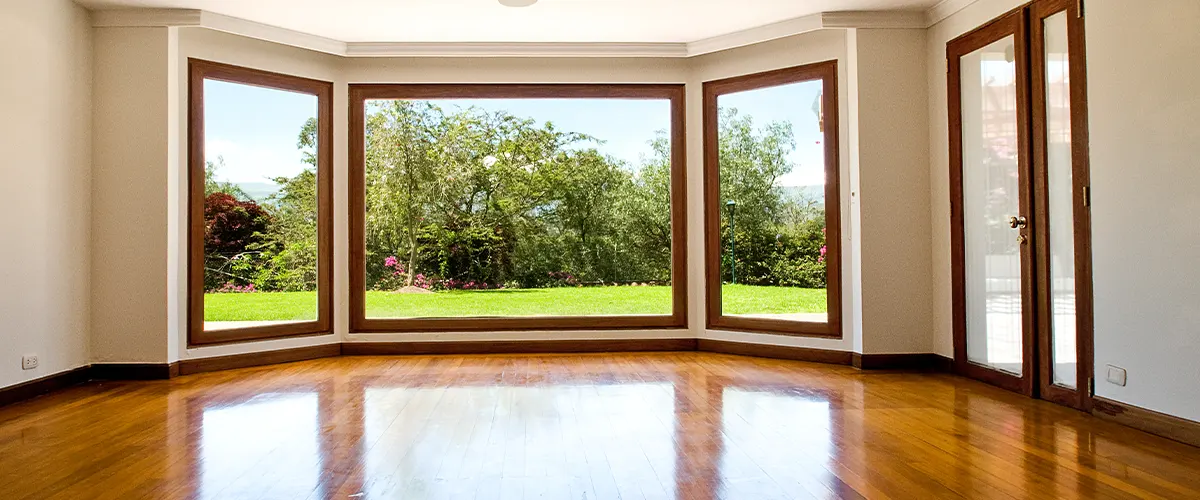
Concrete Subfloor
Concrete subflooring is a popular choice for many homeowners because it is durable and steady. However, it is important to keep in mind that concrete is not impervious to moisture or vapor and therefore a moisture barrier is necessary for moisture-prone areas.
Additionally, because concrete conducts building heat into the ground, it can pose a challenge when it comes to temperature. Lastly, concrete is very hard and almost impossible to nail into, which can present a challenge when installing certain types of flooring. Despite these challenges, concrete subflooring is still a great choice for many homes.
Closing Thoughts
There are many different types of subfloor materials that can be used for subflooring, each with its own set of advantages and disadvantages. Choosing the right type of subflooring for your needs can be tricky, but our team is here to help. We’ll provide tips on how to select the best material for your project and give you some advice on how to install it correctly. So get in touch with us if you have any questions about subflooring or need help installing your new floor. We would be happy to assist you.
